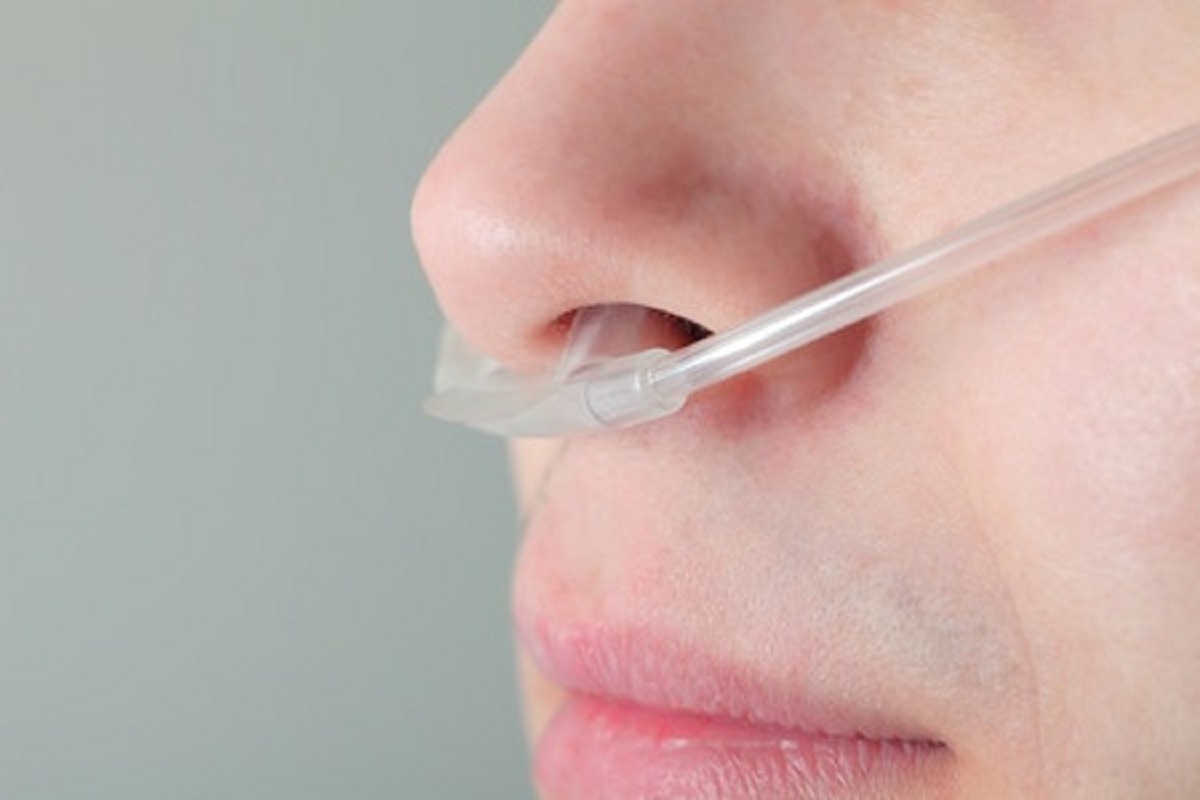Traveling with an oxygen tank is much easier now than it was in the past, and because of it, individuals who struggle with cardiopulmonary challenges can still be productive and live full lives. No longer are oxygen patients forced to make short trips or be limited to the indoors—there’s now more room to travel safely. Here are a few traveling tips for oxygen patients on the go.
Traveling by Plane
When flying out, an oxygen patient’s portable oxygen concentrator (POC) is essential. Oxygen tanks are often prohibited on board for most commercial airlines due to safety reasons, but if you don’t have a POC or one flights will accept, there are oxygen tanks available for rent that are FAA approved. Prior to booking your flight, review the policies and procedures of each airline about traveling with oxygen. Obtain a copy of your prescription and doctor’s note to keep flight attendants informed.
Traveling by Train
Traveling by bus or by train will likely have smaller crowds than the airport. These are convenient ways to travel without worrying about driving yourself and navigating the route. With a bus or a train, you’re also more likely to travel at a slower pace. You’re likely to get a seat or your own cabin with electrical outlets if needed in the event of an emergency. This is a more convenient option for traveling, especially if your unit needs to be plugged in.
While in route, tanks or other equipment are often allowed on buses and trains. Before scheduling a trip, make sure you’re aware of their policies and have a doctor’s note or any prescriptions on hand in case drivers need to ensure you have the proper documentation. Finally, if you can, pack extra tanks accordingly.
Traveling by Car
Traveling by car is ideal for oxygen patients. On the road, you’re free to travel at your own pace, you have more options regarding the tank you prefer to use, and you don’t have to worry about layovers. Before hitting the road, research oxygen suppliers that may be on your route. In case of an emergency, keep the contact information of possible suppliers. For your POC, keep your power supplies on hand. You’ll be more comfortable if you’re able to charge during your trip.
Also, keep all medication or emergency inhalers close by. This will make it easier for you or first responders to get to in case of an emergency. Whether you have tanks or liquid oxygen, store them properly. For extra tanks, store them upright in a secure place and try to check them often for leaks. To prevent oxygen buildup, keep airflow moving through the car by cracking the windows. Most importantly, do not smoke in the car with your equipment. Oxygen fuels fire, and smoking around tanks is a substantial risk.
Think you or someone you know is in need of Behind the Wheel Training? Training Wheels is an Ocean City driving school specializing in teaching new teen drivers how to stay safe on the road. For more information on our lessons, please click here.
Copyright: sudok1 / 123RF Stock Photo

